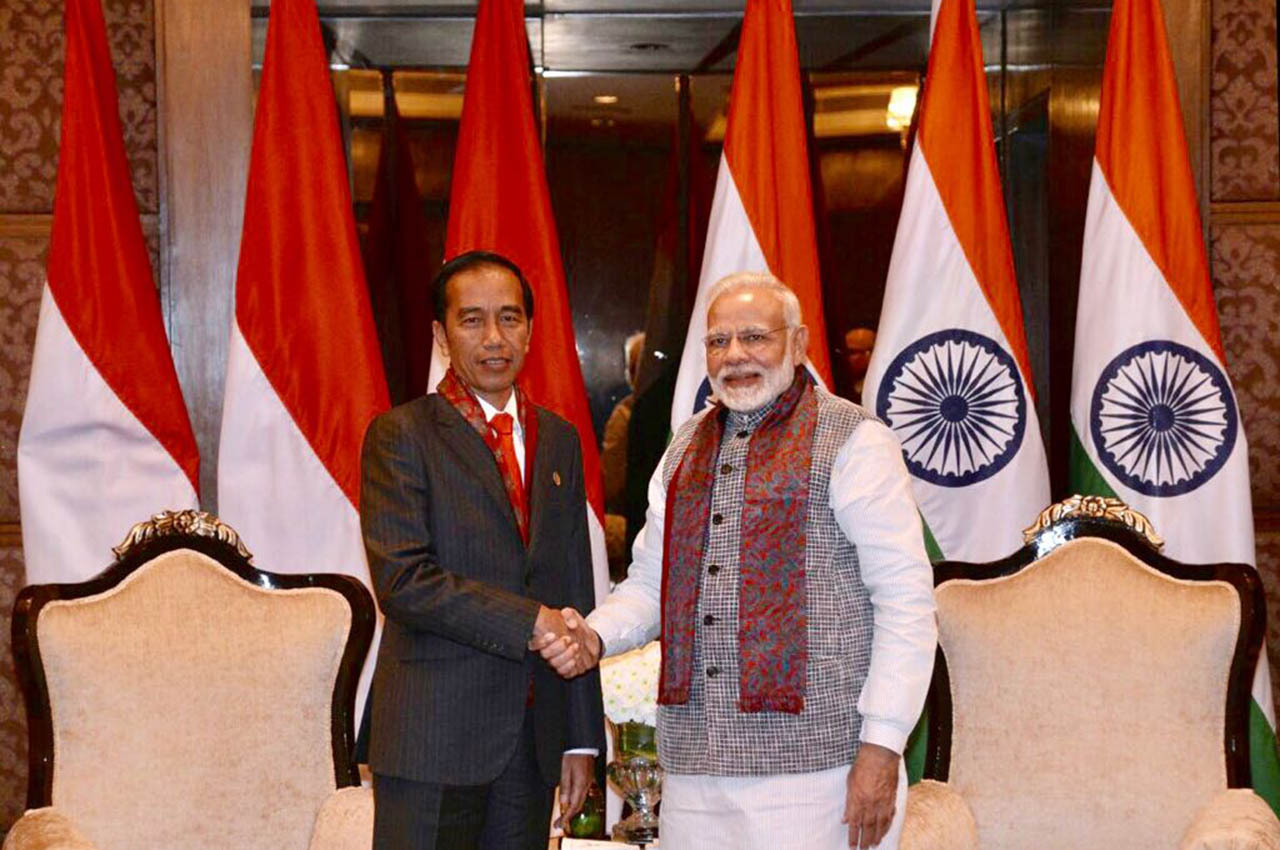Indonesian Minister has confirmed on Thursday, 17th May that India is now allowed to access an island called Sabang. The island is 700 km from Andaman & Nicobar Islands and located at northern tip of Sumatra, close to Malacca Strait.
Talks over Sabang have been going on between India and Indonesia since 2014-2015. 40% of Indian trade passes from Sabang, also known as Weh Islands. 15 million barrels per day of oil flows through Malacca Strait from West Asia & West Africa.
Luhut Pandjaitan, maritime affairs minister in the Jokowi government, said, “India and Indonesia have started naval drills in 2017, but we can explore doing more between our coast guards. This will become even better when the Sabang seaport is established with India. Sabang port has a depth of 40 metres which is good even for submarines.”
“India-Indonesia relations are important for the balance of power in Asia,” Luhut added.
Indonesian PM Joko Widodo wants India to invest on the economic zone of Sabang, which is not particularly developed and build Indian hospital there.
“Indian coast guard ships now make regular visits to Indonesian ports and emphasize the closeness between the two countries. The Indonesian side has expressed interest in getting commercial investment in the port of Sabang, which is the westernmost point of Indonesia. This port has a deep draft but rudimentary facilities,” said Gurjit Singh, former ambassador to Indonesia.
PM Modi is expected to travel to Indonesia for a bilateral meeting with Indonesian PM Joko Widodo on 31st May. The main areas of cooperation will be defense and space.
For Indonesia, OBOR and China’s decision to station missiles on the disputed Spratlys in the South China Sea is a ‘sensitive matter’.
Luhut said, “I spoke with my Chinese counterpart about the 9-dash line. They don’t deny that Natuna Island is ours. But then the 200-mile EEZ is also ours and that goes beyond the line. I ask why they are claiming the South China Sea. They say they have a historical claim, it’s part of the sentiment of the mainland, and it was the route taken by the Chinese explorer Zheng He. I said if this is true, then, when Krakatoa exploded, Indonesian ash settled around the world including Beijing, and we could claim this.”









